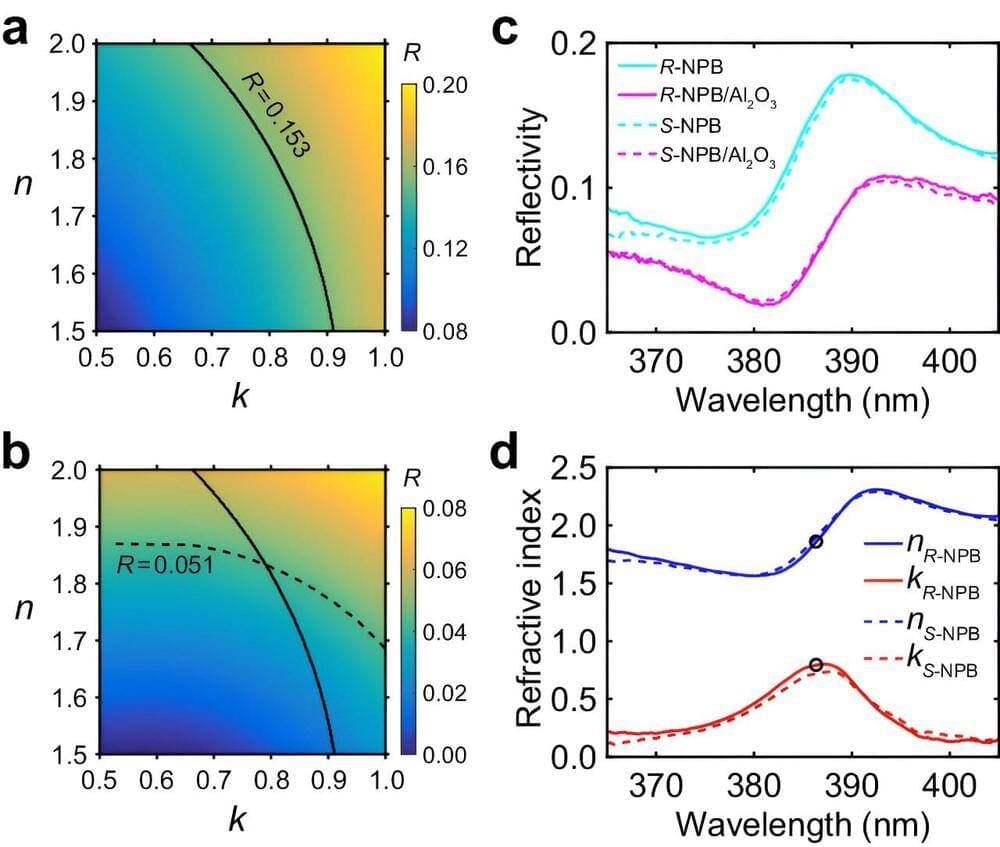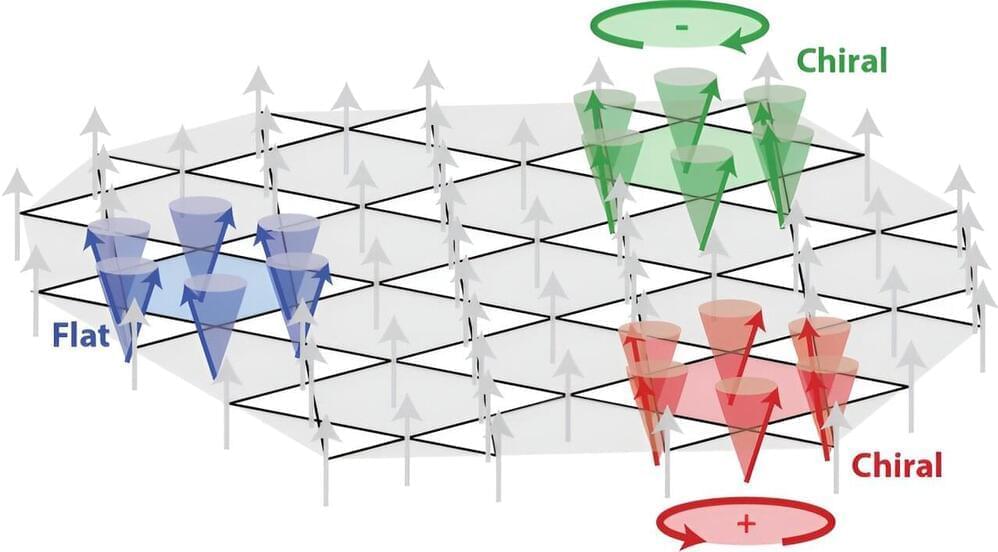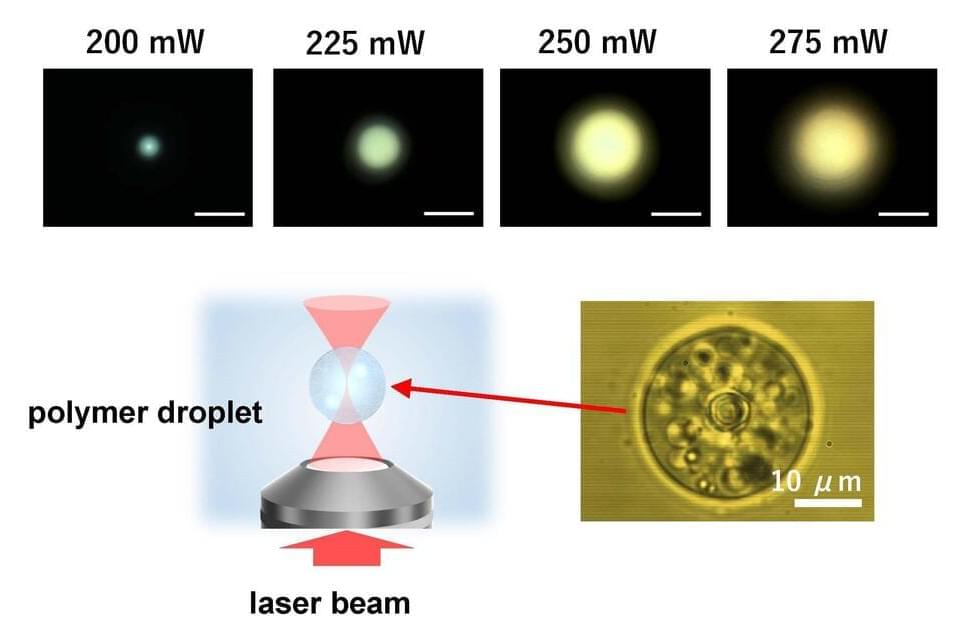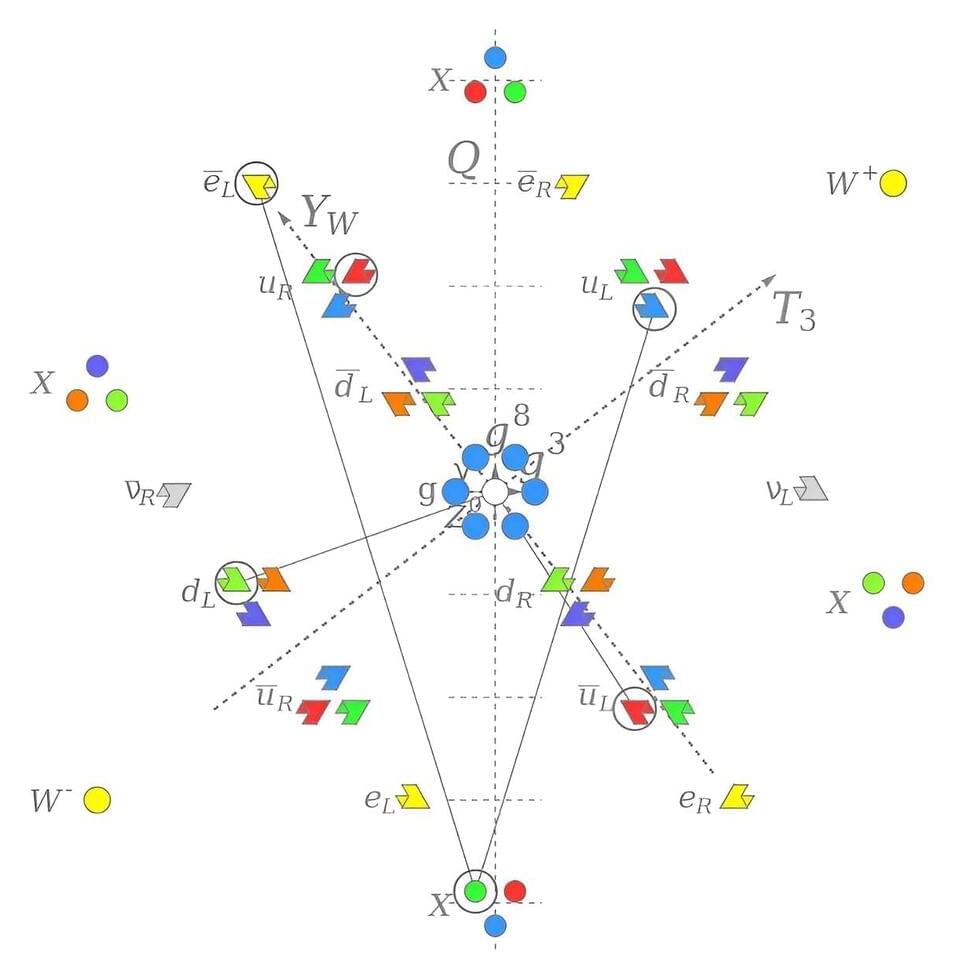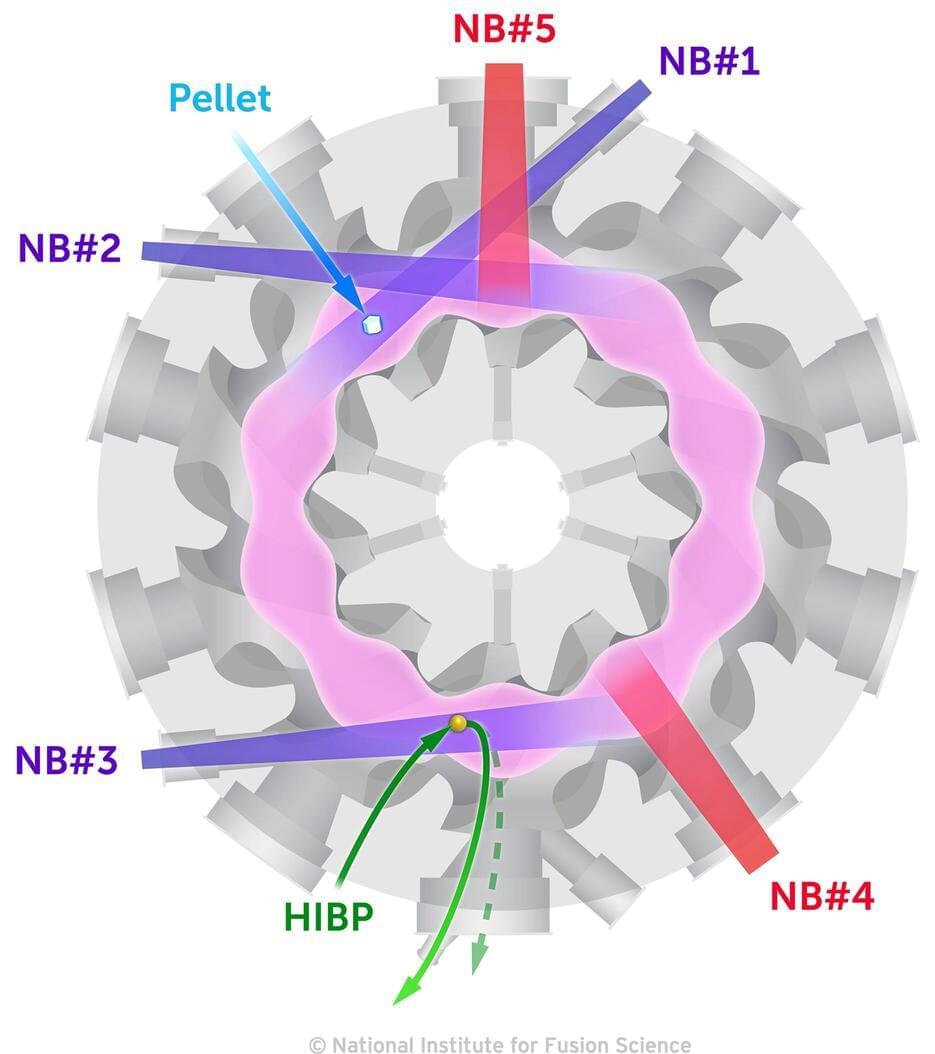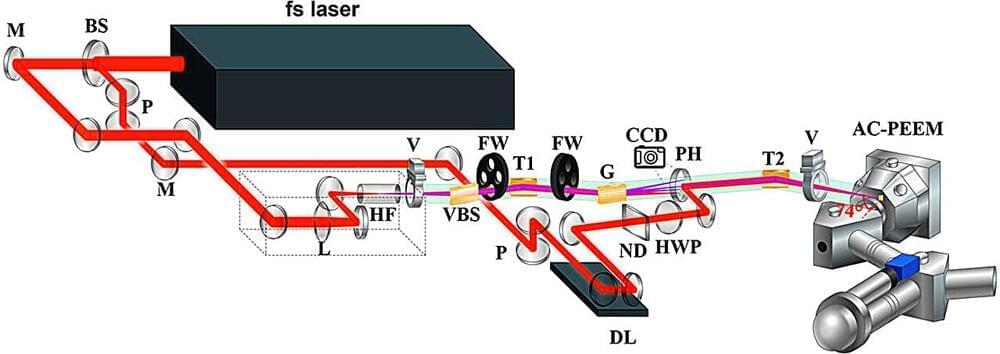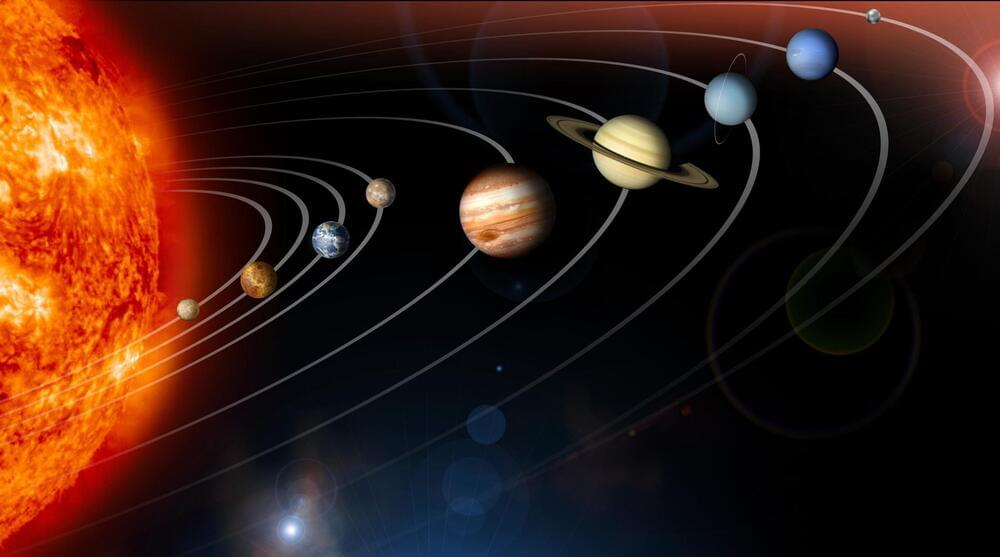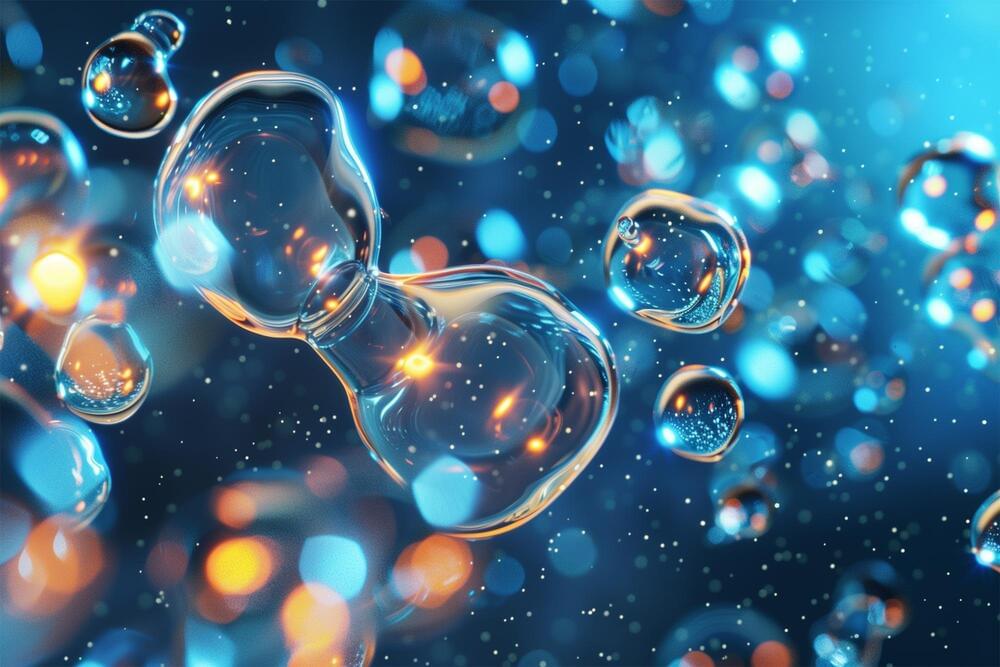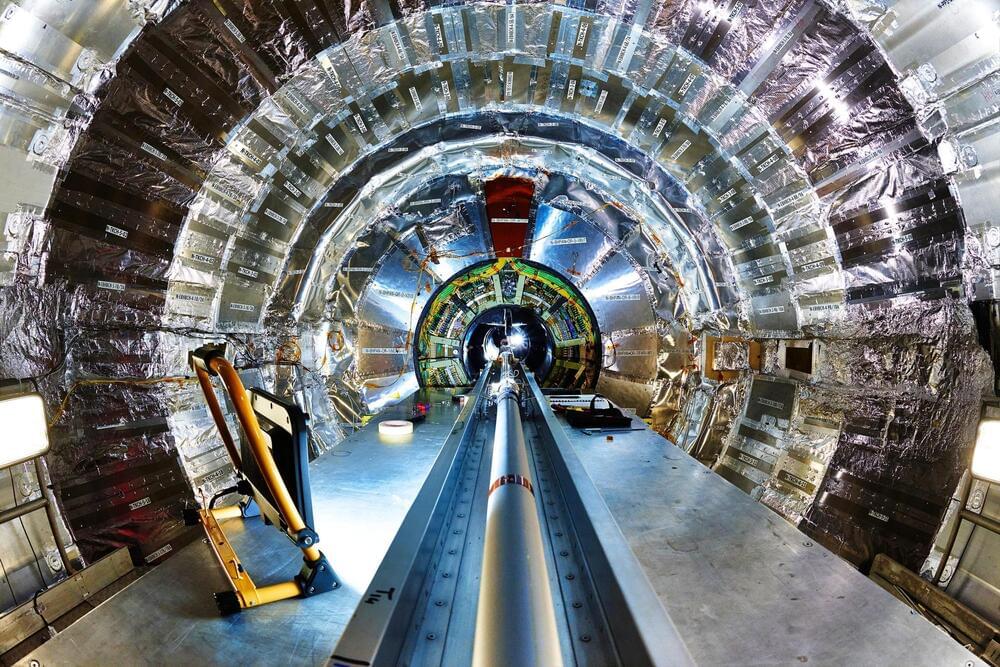Jun 24, 2024
New techniques reveal properties of solid-state chiral materials
Posted by Saúl Morales Rodriguéz in categories: computing, solar power, sustainability
Chiral molecules—that is, those that have mirror images of themselves—have significant benefits for transistors and solar energy devices. Studying their properties in close detail, though, has been tricky due to the limited methods for doing so.
